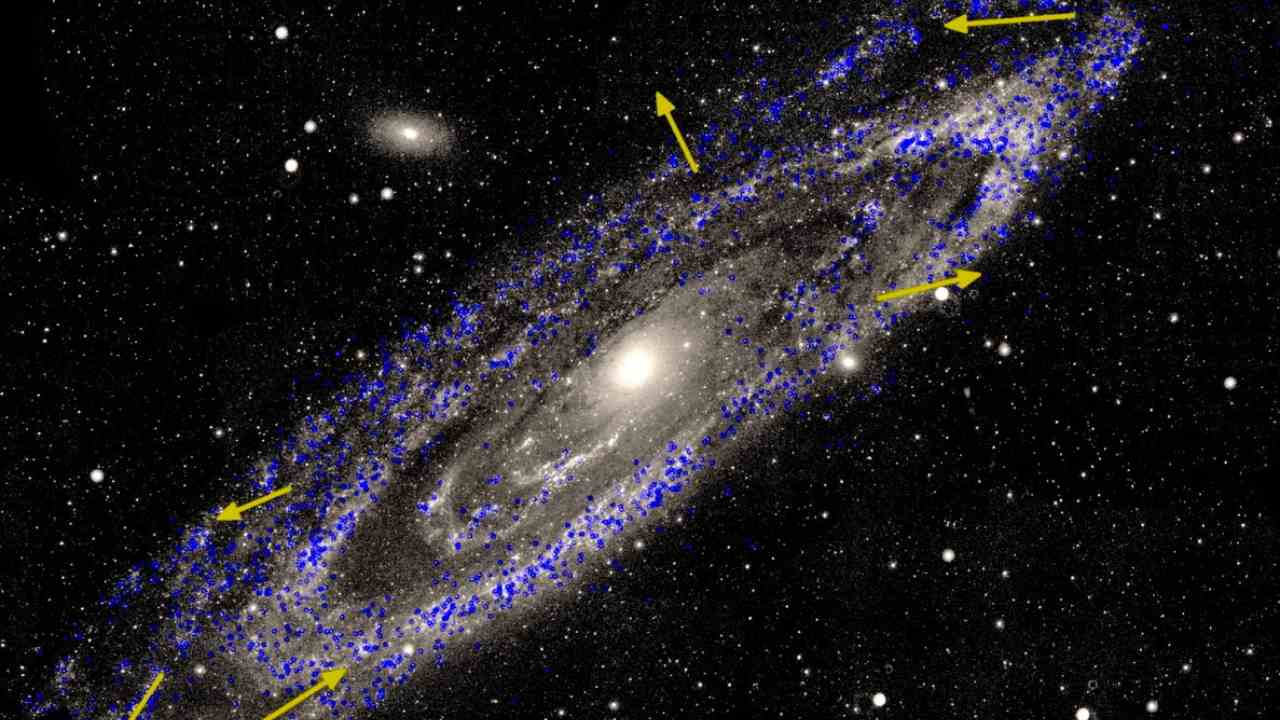Our Milky Way galaxy is going to stay the way it is for a little longer than astronomers had previously predicted, new research has found.
The astronomy community has gathered that our galaxy is on its way to a huge collision with the nearest galaxy to our own, Andromeda. Earlier, this bang was expected to happen 3.9 billion years into the future. Now, new research based on data from the European Space Agency’s Gaia telescope has placed the estimate at 4.5 billion years.
“This finding is crucial to our understanding of how galaxies evolve and interact,” Timo Prusti, a Gaia project scientist who wasn’t involved in the study, said in a statement.
Gaia was launched by the ESA in December 2013 to help researchers chart out as much of the Milky Way galaxy as possible in the most comprehensive 3D map ever made in astronomy.
The telescope has been monitoring the locations and movements of an entire database of stars and cosmic objects over the past five years. The Gaia team at ESA plans to track at least a billion stars before the telescope closes its sharp eyes for good.
The study uncovered the timeline of the Milky Way collision while constructing this 3D map. Specifically, they were looking into how galaxies near the Earth — the Andromeda and Triangulum galaxies — grow and evolve.
“We needed to explore the galaxies’ motions in 3D to uncover how they have grown and evolved…what creates and influences their features and behaviour,” Roeland van der Marel, lead author of the study from the Space Telescope Science Institute in Baltimore, said in the statement.

Recent data from Gaia in April 2018 helped them map something that has never been done before in astronomy: calculate how fast these neighbouring galaxies are rotating in space.
These numbers helped them piece together a better estimate for the head-on three-way cosmic collision. The results and findings of the study are published in The Astrophysical Journal.
Don’t worry though. Since the distances between stars in our galaxy are massive, our solar system will likely be just fine afterwards.
In fact, researchers think the crash will give any creatures around the time of the crash a stunning sight: a colourful cosmic fireworks display.
For more updates: Like us on Facebook and follow us on Twitter & Instagram.





































